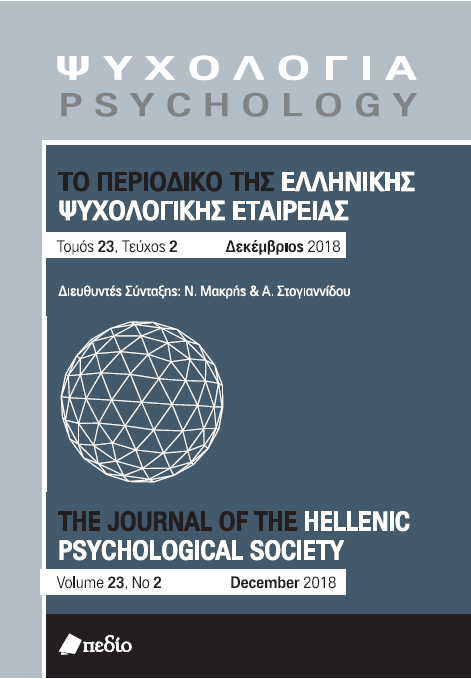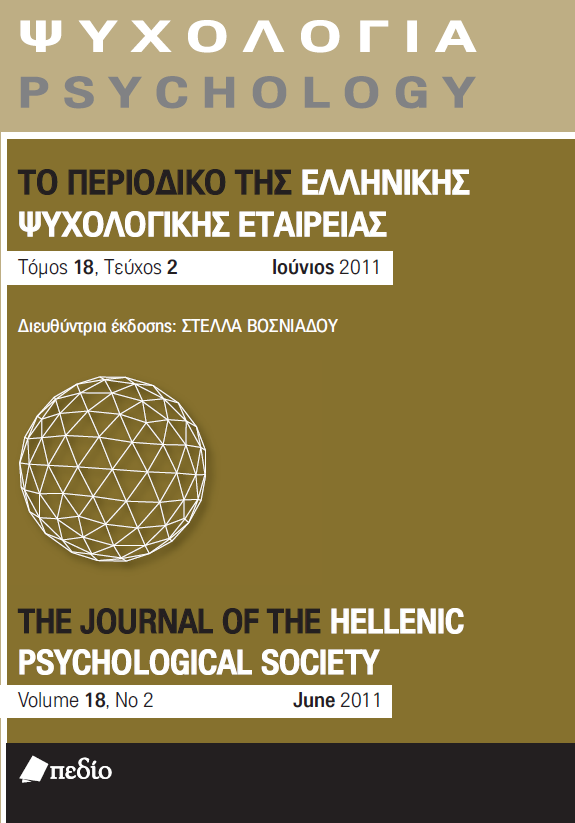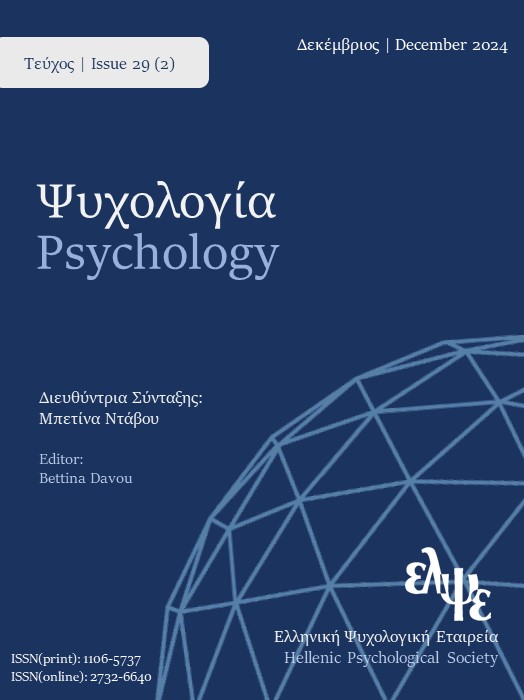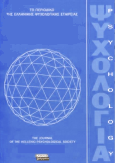In search of the characteristics of Ethical Leaders: An empirical study in the workplace
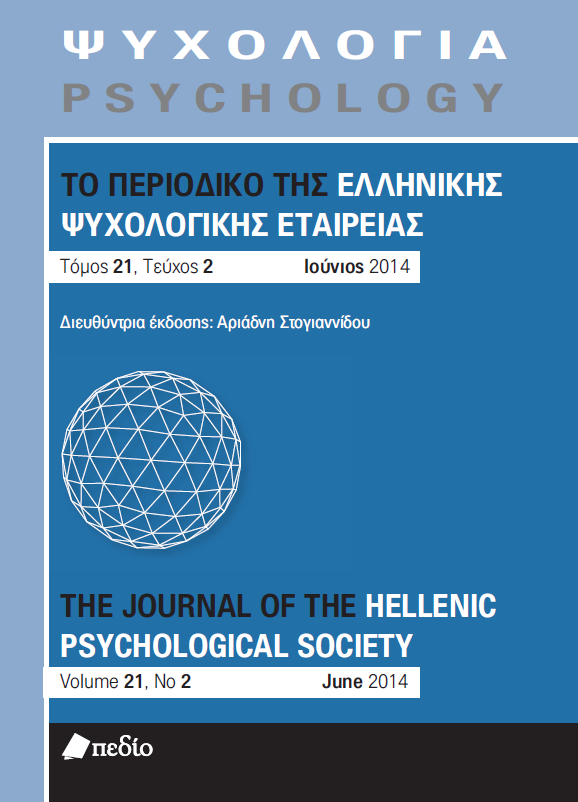
Abstract
Theories of ethical leadership differentiate on the number and type of characteristics they adopt. Τhe purpose of the present study was to review all different theoretical approaches that have been presented so far in the literature, to record the different characteristics that have been proposed , and to study empirically the importance of these characteristics. In total, twenty-seven different dimensions of ethical leadership were identified in the international bibliography. A quantitative study was carried out and forty-one employees and employers in organizations in the public and private sectors in Greece evaluated the significance of the twenty seven dimensions. The results showed that all dimensions were appraised as important by all participants. However, more emphasis was placed on the dimensions “Trust” and “Collaboration” and less on “Green Practices” and “Development of Ethical Vision”. The Intra-Class Correlation between employers and employees was noteworthy (ICC = 0.91). However, statistically significant moderate differences between the evaluations
of employers and employees emerged only on the dimensions of “Integrity” and “Ethical responsibility”, with employers showing higher scores. These results indicate that all twenty seven dimensions are relevant and important for the definition of the concept of ethical leadership.
Article Details
- How to Cite
-
Μητροπούλου Ε. Μ., Τσαούσης Ι., Ξανθοπούλου Δ., & Πετρίδης Κ. (2020). In search of the characteristics of Ethical Leaders: An empirical study in the workplace. Psychology: The Journal of the Hellenic Psychological Society, 21(2), 161–182. https://doi.org/10.12681/psy_hps.23274
- Issue
- Vol. 21 No. 2 (2014)
- Section
- RESEARCH PAPERS

This work is licensed under a Creative Commons Attribution-ShareAlike 4.0 International License.
The journal PSYCHOLOGY adopts a Platinum open-access policy. Submission, processing or publication costs are waived by the Hellenic Psychological Society. Papers published in the journal PSYCHOLOGY are licensed under a 'Creative Commons Attribution-ShareAlike 4.0 International' licence. The authors reserve the copyright of their work and grant the journal the right of its first publication. Third-party licensees are allowed to use the published paper immediately after publication as they wish, provided they retain the defined by the license copyright formalities, regarding the reference to its author(s) and its initial publication in the journal PSYCHOLOGY. Moreover, any adjusted work should be shared under the same reuse rights, so with the same CC license.



